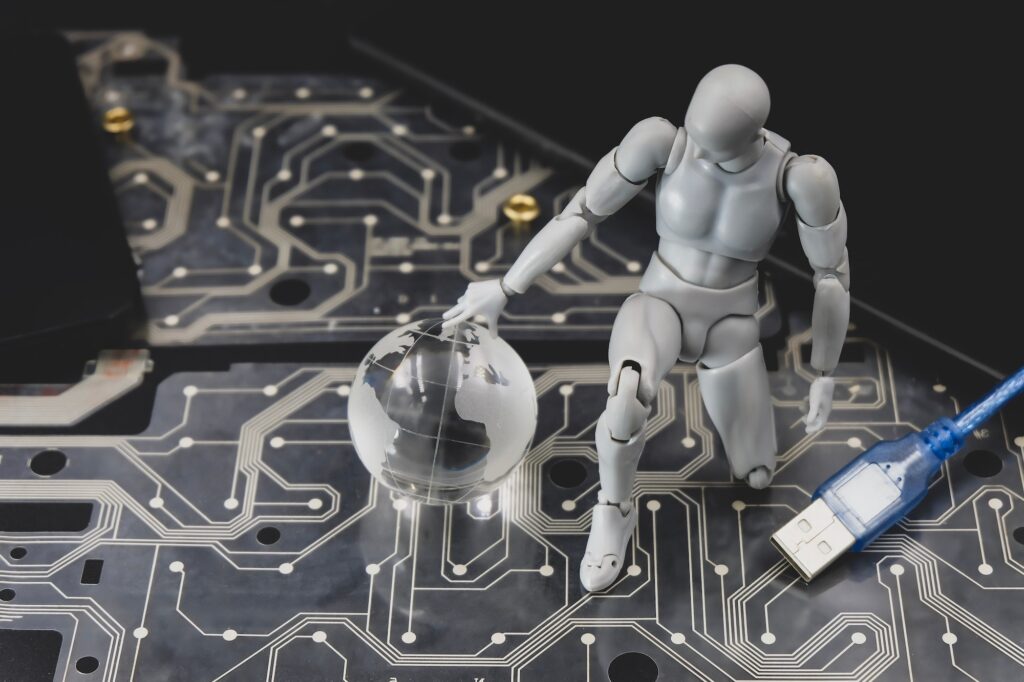In today’s fast-paced digital world, artificial intelligence (AI) is reshaping the way we work—even if your job isn’t in tech. Embracing AI can boost productivity, enhance decision-making, and open up new opportunities for innovation across all industries. This post explores why incorporating AI into your daily routine is essential, practical ways to start, and how to overcome common challenges in the process.

Why Embrace AI at Work?
Boosting Efficiency and Productivity
AI isn’t just for data scientists or software engineers—it’s a universal tool that can help anyone. By automating repetitive tasks, AI-powered applications free up time so you can focus on creative and strategic work. For example:
- Streamlined Tasks: AI tools like virtual assistants can manage your schedule and handle routine emails.
- Data-Driven Insights: AI analytics can quickly analyze large datasets, uncovering trends that inform smarter decisions.
- Personalized Workflows: Customizable AI platforms adapt to your specific work style, making everyday processes faster and more efficient.
Opportunities for Innovation
Integrating AI into your job can spark fresh ideas and new approaches to problem-solving. Whether you’re in marketing, finance, HR, or any other field, AI can:
- Enhance Creativity: Use AI to generate innovative ideas and perspectives that you might not consider on your own.
- Improve Accuracy: Automated data analysis helps reduce errors and improves overall decision-making.
- Drive Competitive Advantage: Staying ahead of the curve with AI-driven strategies can set you apart in an increasingly digital marketplace.
Practical Steps to Get Started
Start Small and Scale Up
You don’t need to be an AI expert to benefit from its capabilities. Here are a few steps to begin integrating AI into your workflow:
- Explore User-Friendly Tools: Look for AI-powered apps relevant to your role—such as chatbots, scheduling assistants, or data analysis software.
- Invest in Learning: Consider online courses or webinars that offer a basic understanding of AI concepts and practical applications in your field.
- Collaborate with Experts: If your organization has a tech or data team, work with them to identify areas where AI can streamline processes or provide valuable insights.
Overcoming Common Challenges
Adopting AI may seem daunting, but many hurdles can be overcome:
- Skill Gaps: Bridge the gap by dedicating time to learn through accessible resources and training.
- Resistance to Change: Embrace a mindset that views AI as an augmentation tool rather than a threat to your job.
- Data Privacy: Work with your IT team to ensure that any AI tools you use comply with robust cybersecurity measures and data protection standards.

Frequently Asked Questions
Q: Why should someone in a non-tech job integrate AI into their work?
A: AI enhances productivity and efficiency by automating routine tasks, offering data-driven insights, and freeing up time for creative and strategic work. Its benefits are applicable across all industries, making it a valuable asset even for non-tech roles.
Q: How can I start using AI tools without extensive technical knowledge?
A: Begin with user-friendly AI applications that are designed for everyday tasks, such as virtual assistants or analytics tools. Additionally, consider online courses or training to gain a basic understanding of how AI can be applied in your field.
Q: What are the main challenges of adopting AI at work, and how can they be addressed?
A: Common challenges include skill gaps, resistance to change, and data privacy concerns. These can be addressed by investing in training, fostering a positive outlook towards technology as a supportive tool, and working closely with IT professionals to implement secure AI solutions.
Integrating AI into your work isn’t about replacing human talent—it’s about empowering you with new tools to excel. By taking small, deliberate steps, you can leverage AI to boost productivity, foster innovation, and stay competitive in an ever-changing digital landscape. Now is the time to explore new ways to work and unlock the full potential of your career with AI.
Sources Forbes


